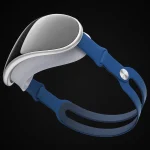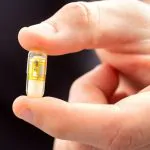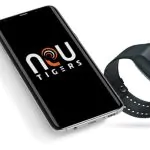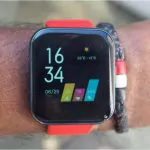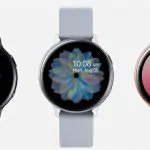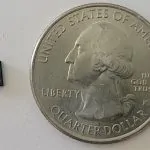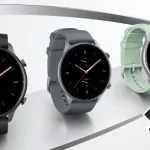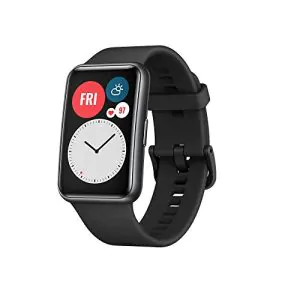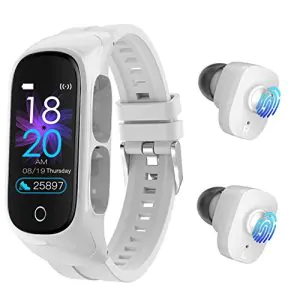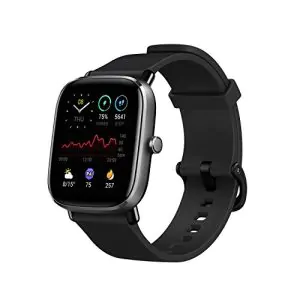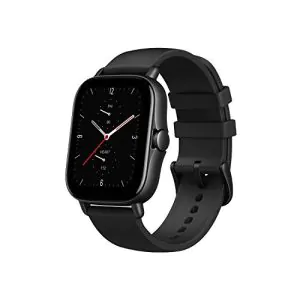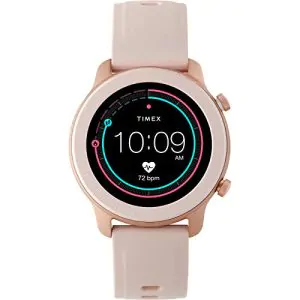 Smart textiles and the integration of electronics into fabrics and garments are broadening their applications.
Smart textiles and the integration of electronics into fabrics and garments are broadening their applications.
Wearable Electronic for medical application enables patients to shorten stationary care by wearing garments that can monitor the body functions through integrated sensors and wireless communication technology. In this way, one can at least leave the hospital bed and go around instead of having to stay in bed all time.
More advanced systems allow patients on the recovery path to leave the hospital care earlier compared to present monitoring techniques used.
Sensor and wireless equipped medical garments like bras, shirts, pants or stockings can also serve to monitor ones health and well being in certain situations like dangerous work environments.
Smart textile development for medical application is supported from many countries with research funding and first companies enter the market with products.
So did for example a team of scientists at University of Bolton with help from the Hong Kong Productivity Council develop a Smart Bra (the image above is not related to this project) to detect the early stages of breast cancer.
Developed by the Centre for Materials Research & Innovation (CRMI) at the University of Bolton, the Smart Bra uses a microwave antennae device which is built into the bra structure. While wearing it, data about the breast is being collected by the embedded microchips which then produce a computer-generated image of the breast.
Speaking at the seminar on “Smart Bra for Early Cancer Detection and Introduction to New Technical Textilesâ€, Professor Elias Siores, Director of CRMI, said: “The breast screening smart bra is an invention that allows users to detect breast cancer at a curable stage. It is a low-risk, non-invasive, simple-to-use and cost-effective device that can provide easily-interpreted data.â€
This and similar developments in Wearable Electronic for medical application show how Intelligent Textiles can improve the quality of our life.









